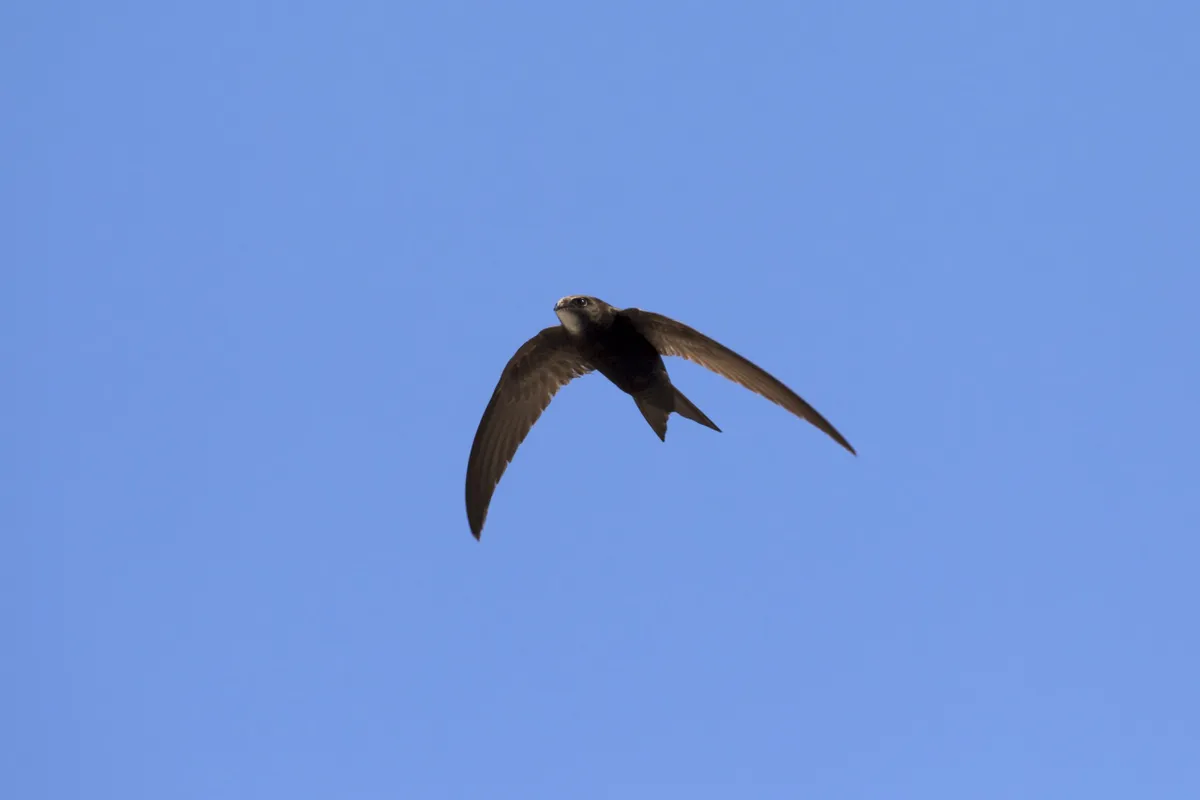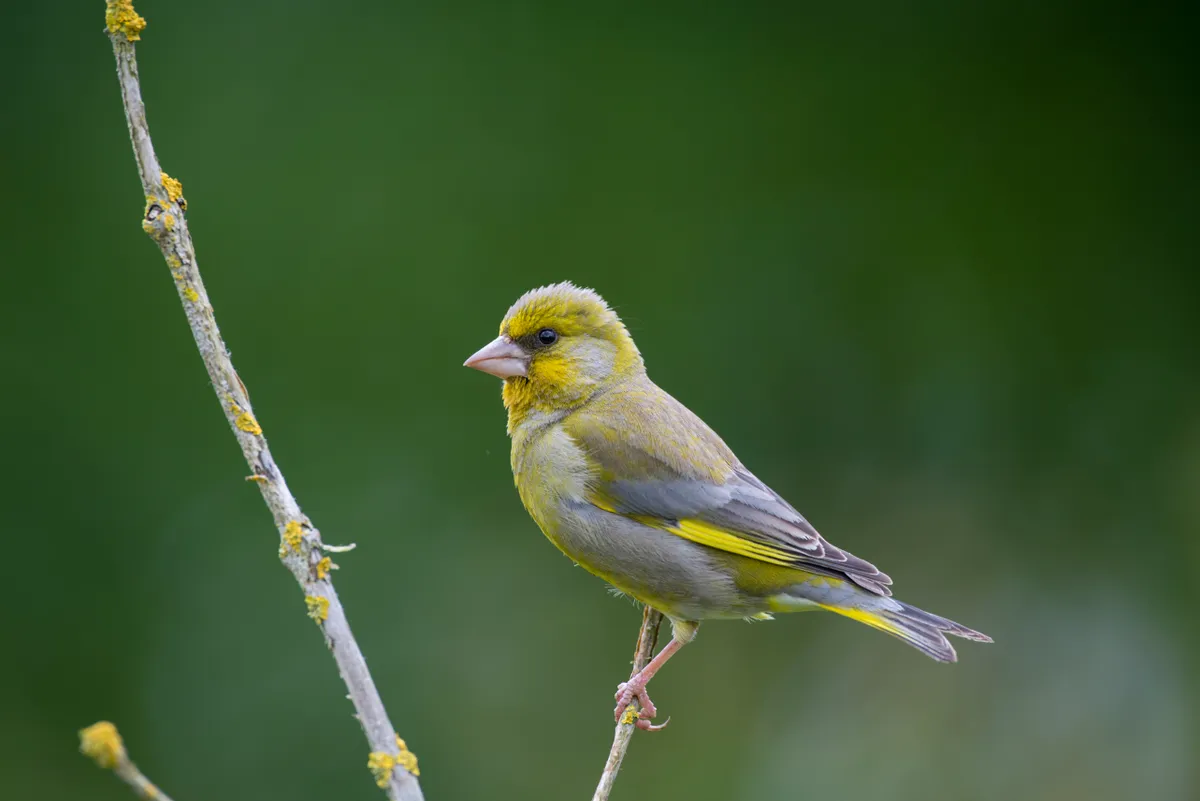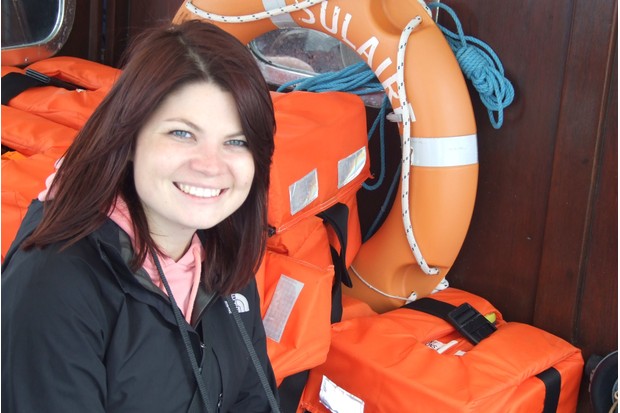The latest assessment of the status of the UK’s regularly-occurring bird species, Birds of Conservation Concern 5, reveals more than one in four species are in serious trouble. Compiled by a coalition of the UK’s leading bird conservation and monitoring organisations, the report assessed each species against a set of objective criteria and assigned it to a Green, Amber or Red List – indicating an increasing level of conservation concern.
Seventy species were placed on the Red List of threatened birds, including the house martin, swift, greenfinch and Bewick’s swan, all of which have been added for the first time; 103 were placed on the Amber List and 72 on the Green List.
The Red List now accounts for 29% of UK bird species, more than ever before (the last report was published in 2015). Most of the species were placed on this list because of their severe declines, having halved in numbers or range in the UK in recent decades. Others remain well below historical levels or are considered under threat of global extinction.

House martin and swift moved from the Amber to the Red List due to an alarming decrease in their population sizes. Both species are facing a multitude of threats as their breeding grounds become less hospitable – suitable nest sites and food are becoming harder to find.

The greenfinch moved from the Green to the Red List after a population crash of 62% since 1993 caused by a severe outbreak of the disease trichomonosis. It is joined by the Bewick’s swan due to the pressures of illegal hunting, the ingestion of lead ammunition and loss of habitat.

“There’s no ‘one size fits all’ when it comes to actions to aid in the protection and restoration of these vulnerable species, as the threats are many and varied,” explains the RSPB’s Vanessa Amaral-Rogers. “But there are some critical opportunities coming up over the following year.”
In England, the Westminster Environment Act sets a legal target to halt wildlife decline by 2030: “This is a global first for nature and we need to see its equal in the other countries of the UK.” On a global scale, a new international plan to recover nature – the Convention on Biological Diversity (CBD) post-2020 Global Framework – will be finalised at the UN Biodiversity conference (COP15) in spring 2022.
Main image: House martin feeding chicks at the nest. © Christian Fosserat/Getty
